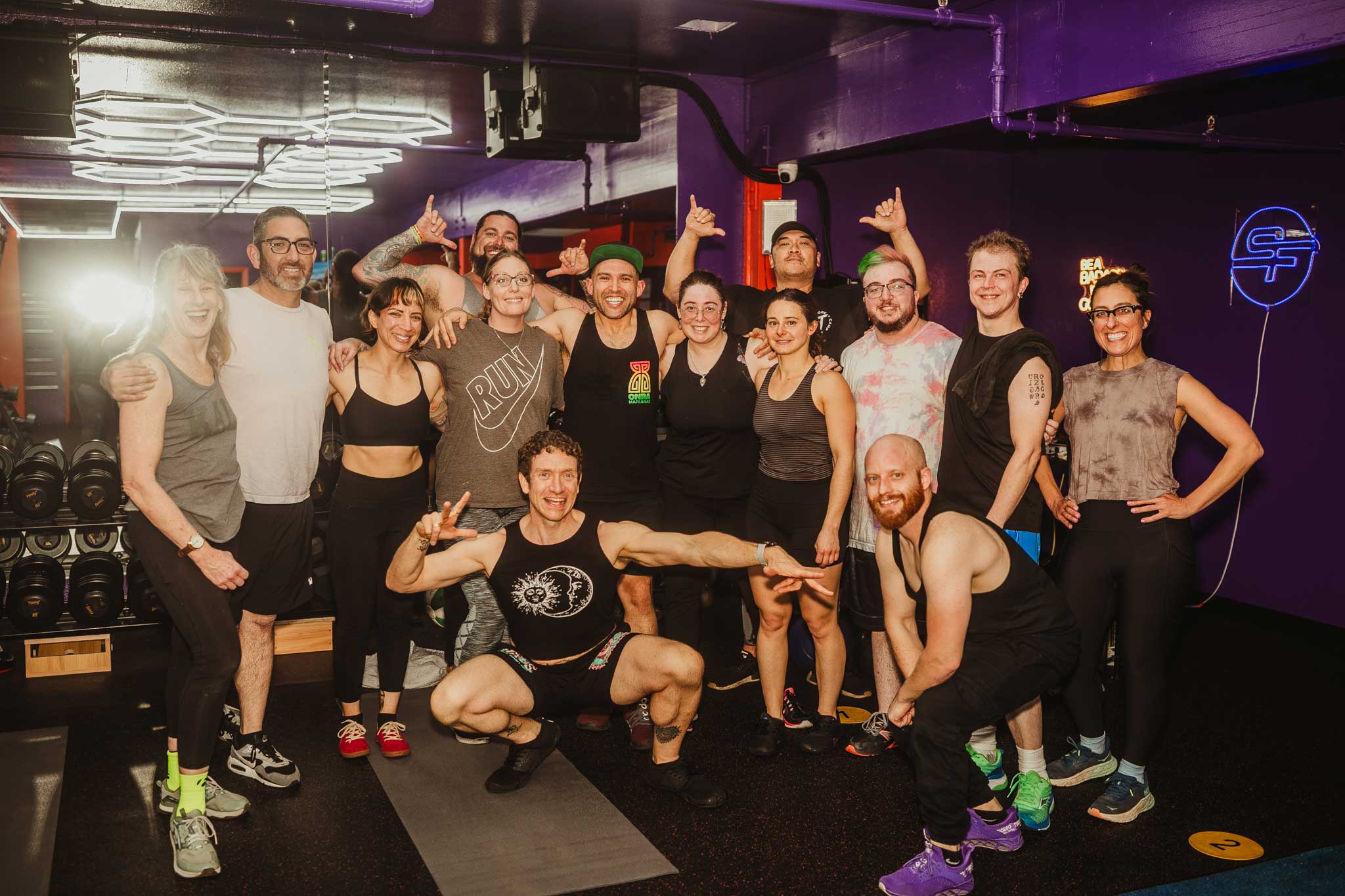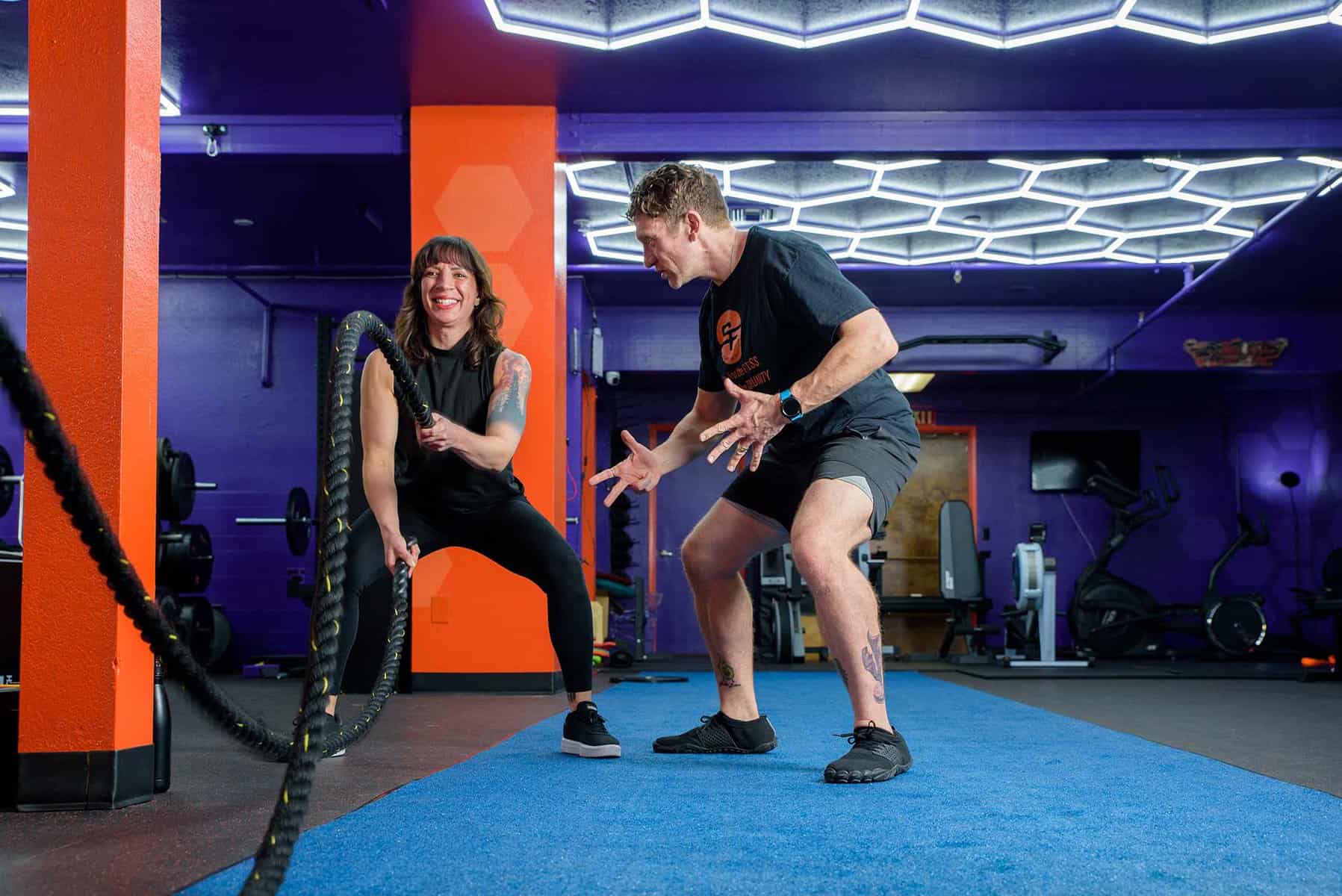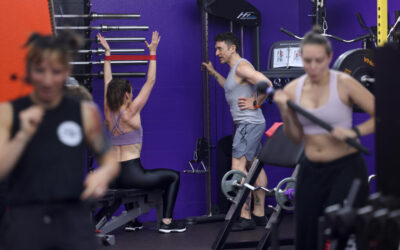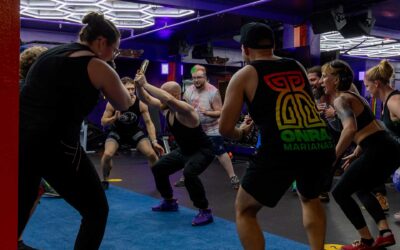Training around an injury
I’ve said it before, and I’ll say it again: training is a marathon, not a sprint. If you’re trying to reach your fitness goals, you need to take the time to heal properly after an injury or illness. But that doesn’t mean you can’t exercise or work out! Just because your body isn’t ready for intense exercise doesn’t mean there aren’t other ways to move and get stronger while recovering from an injury or illness. In this article, I’ll explain what types of exercises are best for those recovering from an injury—and how you can keep yourself motivated even if your body doesn’t feel up for anything too intense just yet.
General training guidelines
- Listen to your body. If something hurts, don’t do it. If something feels strained or tight, give it a rest.
- Do what you can–but don’t force yourself into a situation where you might hurt yourself more than help yourself by pushing through an injury or ignoring the pain of an overworked muscle group just because you’re worried about missing out on time with your teammates and friends at practice. Rest when necessary; take breaks between sets if necessary; listen closely when your body tells you that it needs some extra TLC right now!
- If you’re in a lot of pain, heat can help
Know your body and your limitations
When it comes to training around an injury, the most important thing is to listen to your body. If you’re feeling tired or sore, rest instead of pushing through. It’s better to give yourself a day off than risk making things worse by overdoing it on the next day.
It’s also important not to rush back into training too soon after an injury; if you do so without allowing adequate time for healing, there is a good chance that further damage could occur and cause more serious problems down the road (think torn ligaments). In addition, rushing back into exercise before recovering from an injury can lead you into thinking that all your aches and pains are gone when they actually aren’t–and then when they do come back later on down the line? Well then those aches and pains will feel even worse than before!
Start with what you can do
If you’re injured, it’s important to be smart about the way you start training again.
Start with what you can do and build from there. Don’t try to get back into your normal routine right away; instead, start slow by focusing on small movements and bodyweight exercises at first. For example: if your knee is bothering you after being active for too long during a run or bike ride, take a rest day before beginning an exercise program again–and don’t make up for lost time by pushing yourself too hard! Focus instead on working out just one leg at a time (or even just doing lunges) until it feels better enough to move back into two-legged stances without pain or discomfort.
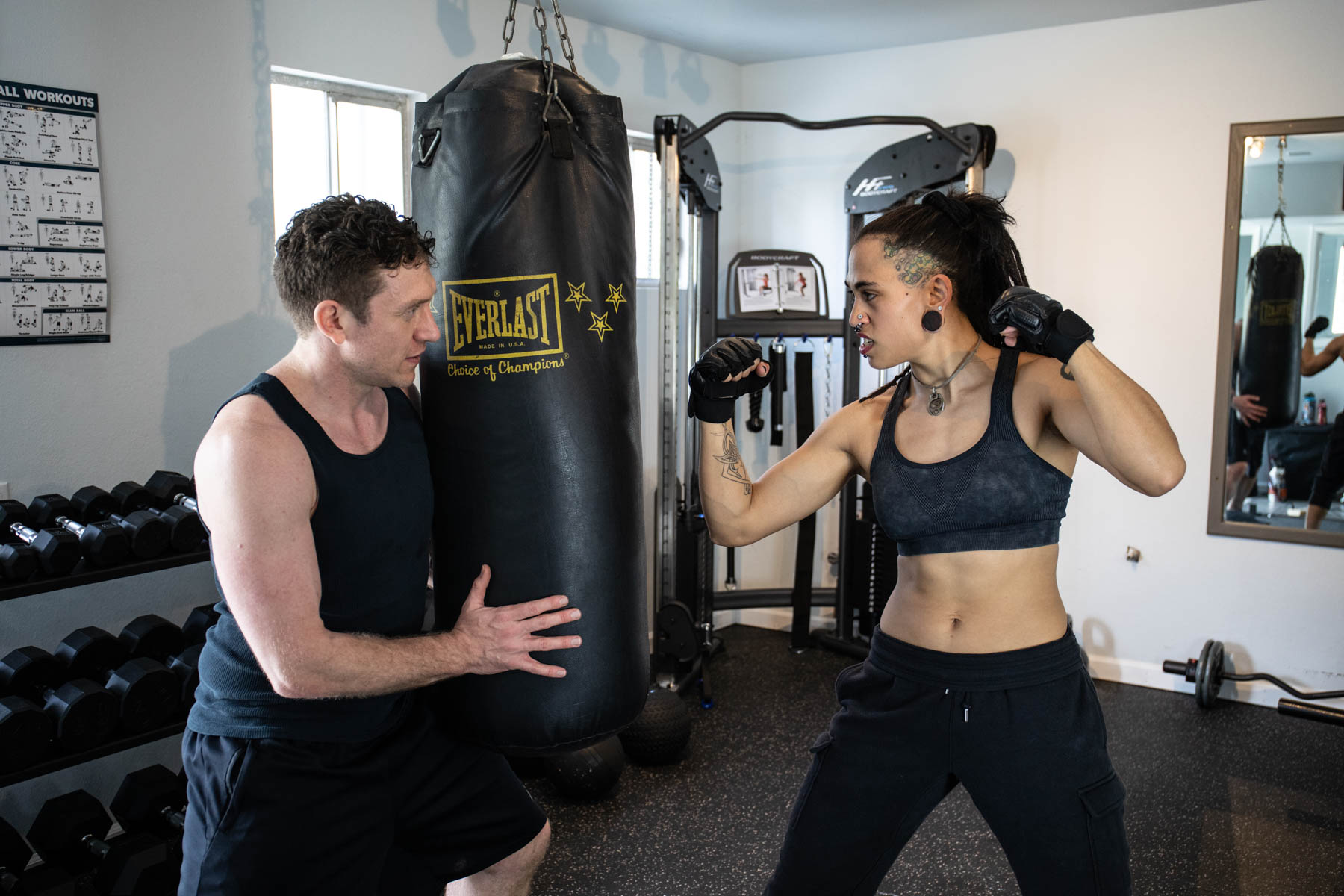
Give yourself a time limit to heal
- Give yourself a time limit to heal.
- Don’t push yourself too hard.
- Don’t try to do too much too soon.
- Be patient, it will take time and you don’t want to make your injury worse by rushing it!
- Listening to your body and working through an injury are the keys to getting back on track.
- Listen to your body: If you’re injured, don’t push yourself too hard. If it hurts, stop doing what caused the pain in the first place! Don’t be afraid of taking a break if needed–it’s better than making things worse for yourself by pushing through with an injury that could end up being serious or even requiring surgery down the road. When possible, try some alternative forms of exercise such as swimming or cycling (if those aren’t already part of your routine). If nothing else works out for whatever reason (and sometimes life gets in the way), just keep doing what makes sense for YOU! You may not achieve all of those lofty fitness goals right away but at least now we know exactly why: because they weren’t meant for YOU yet!
Conclusion
So what’s the takeaway from all this? It’s simple: listen to your body and work through an injury. You might not be able to train for a while, but you can still find ways to stay active and keep your body in shape. And when it comes time for those big races or events where you want everything to go perfectly, don’t forget about the importance of training around injuries!
👉 Dive into our vibrant online community 👈
Where sharing meal prep tips, swapping recipes, and crafting that perfect shopping list turns from a chore into your next great adventure. Here, we’re all about those monthly recipe books that speak your culinary language, meal plans that fit your life like a glove, and that unwavering support system cheering you on, every step of the way.
Remember, strength doesn’t always come from what you can do on your own; sometimes, it’s about being wise enough to harness the power of togetherness. Ready to elevate your meal prep game and transform your health, with an army of cheerleaders championing your success? Join us today. Together, we’re unstoppable.

